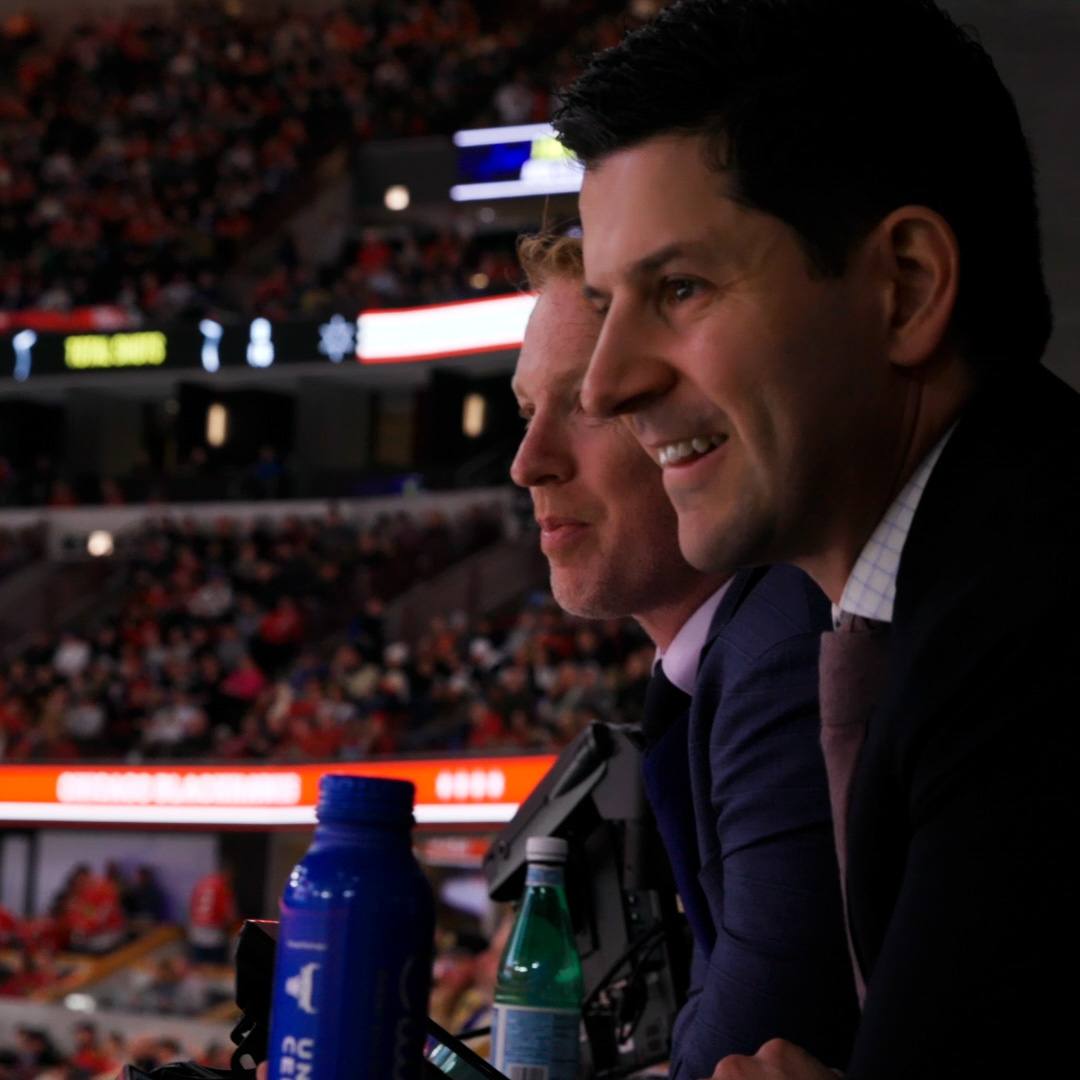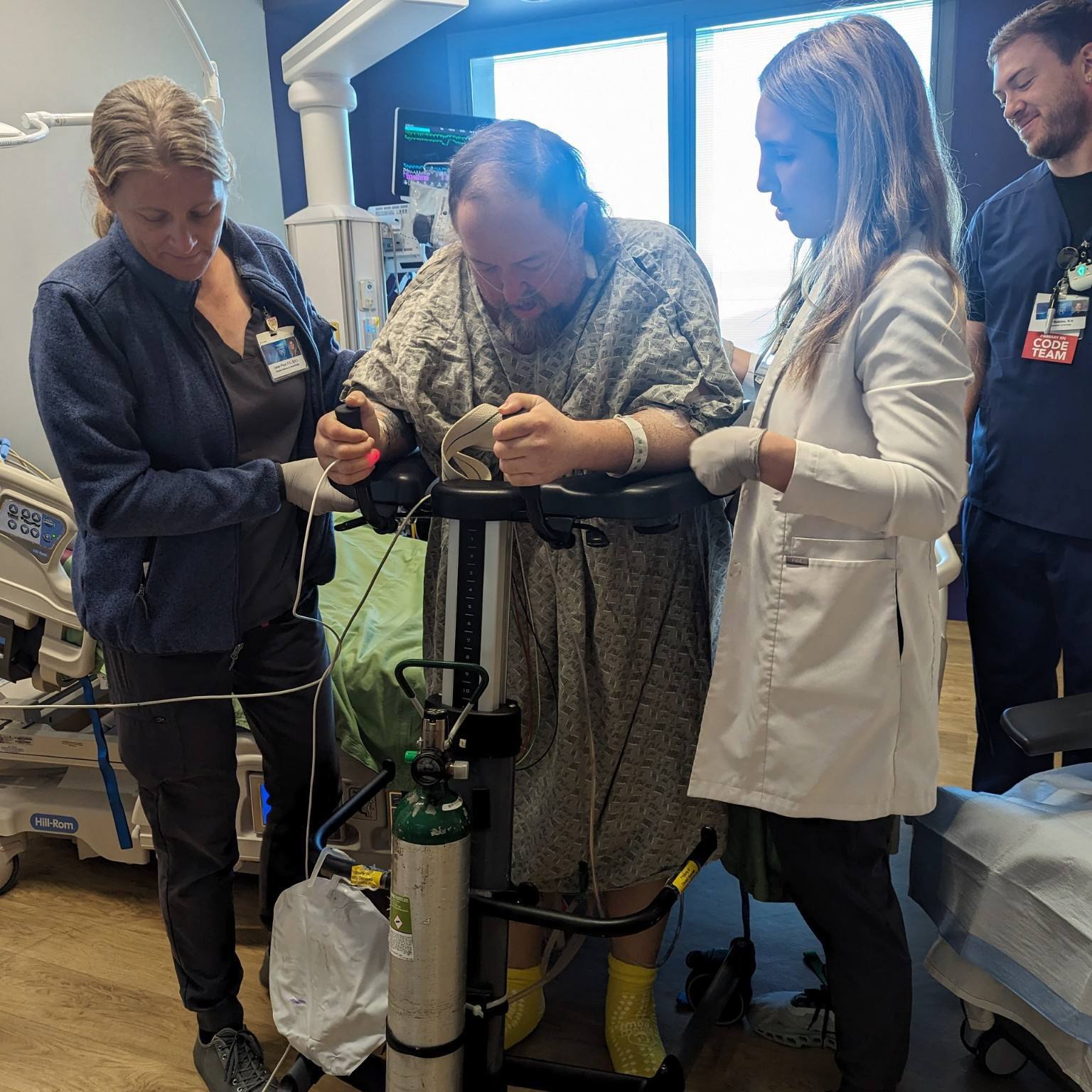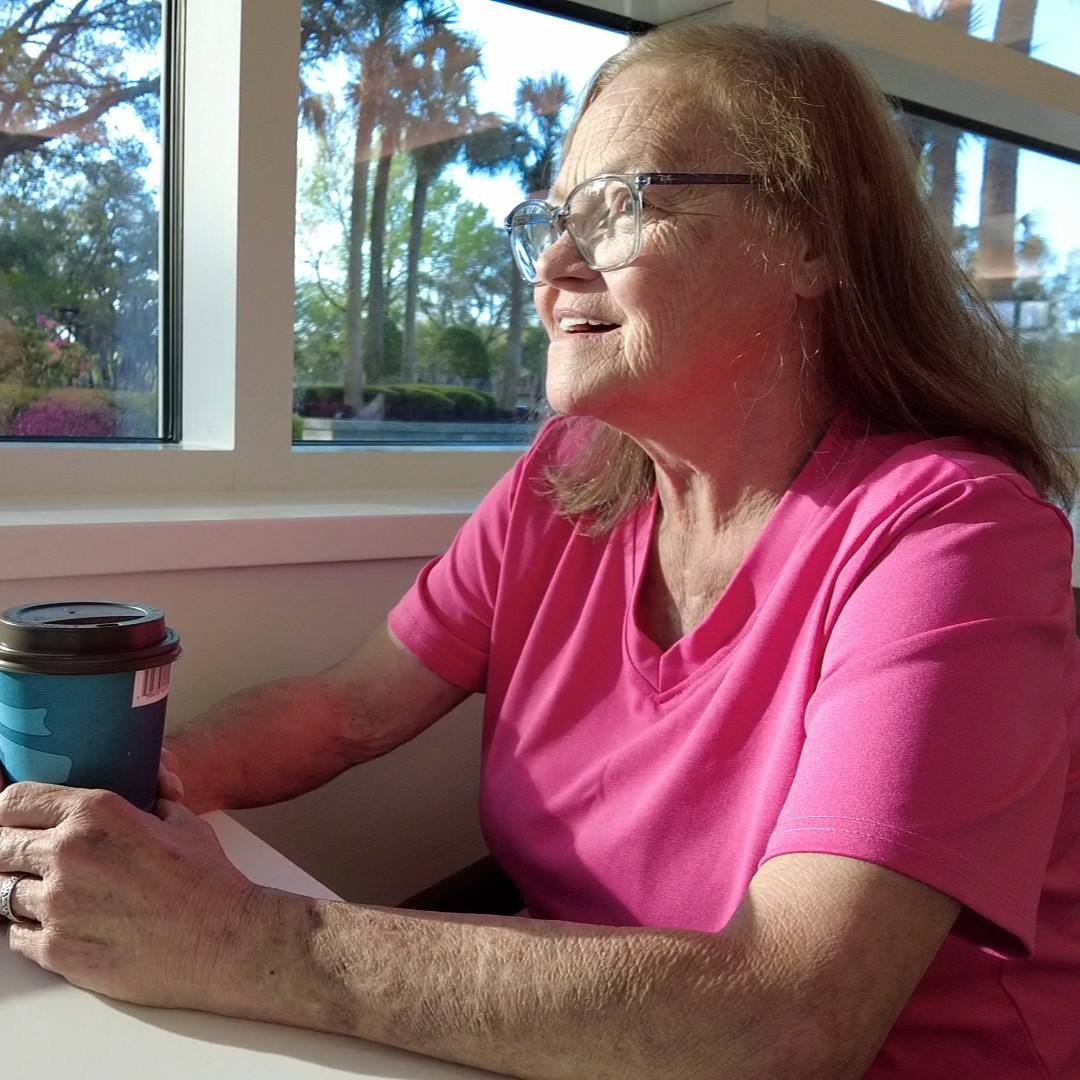
Greg VanBellinger knew from family history that he was at risk for heart disease, but as a fitness enthusiast who stayed on top of his medical appointments, he believed his heart was in good shape. An offhand decision to participate in a fitness evaluation at Mayo Clinic, however, revealed that Greg's heart was not as healthy as he believed.
Greg VanBellinger thought it would be a fun date with his wife, Laura. A Friday morning at Mayo Clinic spent doing something together that they love: working out. As an executive at Target Corporation, Greg had access to Mayo Clinic's Executive Health Program, and he purchased an optional evaluation designed to help him and Laura, who is a personal trainer, assess their overall health.
For Greg, however, what began in August 2017 as a morning filled with endorphins and education as part of the Mayo Clinic Healthy Living Program, morphed into an alarming affair that landed him an immediate appointment in the Department of Cardiovascular Medicine. He also received the shocking news that he was at grave risk for a heart attack.
"It wasn't the way I expected the date to end," says Greg, who lives in Minneapolis with Laura and their two children. "I normally don't sign up for those sorts of things, but it was kind of like there was a force pushing me."
During his quickly arranged appointment in Cardiovascular Medicine with Robert Frye, M.D., Greg learned he had a coronary blockage requiring rapid intervention. One week later, he underwent a catheterization procedure that revealed the gravity of his situation. Three of Greg's coronary blood vessels were almost completely blocked. That same day, Greg underwent a stenting procedure to reopen those arteries.
"Dr. Frye said if I would have had a massive heart attack, I would have died," Greg says. "I would not have recovered from that. I happened to be at the right place at the right time with the right experts looking at me."
Prime health, dangerous problem
Greg grew up under the shadow of heart disease with members of his family experiencing heart attacks at a young age. Greg had been tuned into his own cardiac health since he was 25, and he learned in his early 50s that his arteries had begun hardening.
Despite that history, at 54 years old, Greg was in tiptop shape. An avid hockey player and member of the Adult Hockey Association in Minneapolis, Greg was an exercise enthusiast who regularly participated in extreme challenges. Two weeks prior to his health assessment at Mayo Clinic, he'd climbed 2,000 feet up the Manitou Incline in Colorado in 45 minutes and then ran the 3½ miles back down.
"I eat healthy, work out, am active, and I don't smoke. So I was not, if you look at me, what you'd think would be a heart attack victim."
Greg VanBellinger
"I weigh 165 pounds, am 6'1', and used to race bicycles," Greg says. "I eat healthy, work out, am active, and I don't smoke. So I was not, if you look at me, what you'd think would be a heart attack victim."
Greg also stayed on top of his health care, getting routine medical checkups, including a prior workup through Mayo's Executive Health Program. Four months before the Mayo Clinic Healthy Living Program evaluation, Greg underwent the standard Executive Healthy physical. "My blood pressure was 113 over 70," Greg says. "Everything was fine, and they didn't see the need to change anything."
Even during the more detailed analysis involved in the August program, which took place at the Dan Abraham Healthy Living Center, Greg's performance was top-tier. "They test muscle strength, do a full body scan. You're working with a physical therapist, and they measure how far you can stretch."
Another test measured Greg's ability to convert oxygen into carbon dioxide. It entailed Greg donning a VO2 mask, which tracks the amount of oxygen a person consumes during intense exercise, and a heart monitor. "I ran for 13 or 14 minutes and got my heart up to 200 beats per minute," Greg says. "I was in the top 20% for my age of the VO2 mask."
It was then that the problem began to reveal itself. Greg's heart rhythms were slightly off. "The technician monitoring me noticed there was a millimeter deviation of my heartbeat — where the EKG goes up and down was off by one millimeter," Greg says.
After Greg completed the workout portion of the program, he was pulled aside by Mayo Clinic Healthy Living Program physician Warren Thompson, M.D., and informed he needed to see a cardiologist straight away.
Conscientious care, prompt treatment
In the Department of Cardiovascular Medicine, Greg underwent another EKG, as well as a nuclear stress test, which measures blood flow to the heart. "I did not pass the nuclear stress test," he says. "There was some sort of blockage somewhere, and my blood was not flowing at the rate it should be."
After the EKG, Greg met with Dr. Frye and was directed to keep his heartrate below 150 beats per minute. Greg also learned he needed to undergo a coronary catheterization procedure. The test would allow his medical team to look inside his arteries and give them better information about of the severity of the blockages.
A week later, Greg returned to Mayo for the catheterization that revealed the obstructed blood vessels. One of the vessels — the left ascending arterial artery, which supplies blood to the left side of the heart and is considered the most critical vessel in the movement of blood to the heart — had two 70% blockages. Another major artery was 90% obstructed.
"Dr. Frye literally told me that I would have had to have a heart attack in a hospital to survive."
Greg VanBellinger
Based on those finding, his team decided to pursue coronary angioplasty to treat the blockages. Performed by Gurpreet Sandhu, M.D., Ph.D., a Mayo Clinic interventional cardiologist, the procedure involved inserting small balloon catheters through an artery in Greg's arm to the blocked arteries, where they were inflated to open the vessels. Next, tiny wire mesh tubes, or stents, were placed to help keep the vessels open.
While Greg was recovering from the procedure, Dr. Frye stopped in for a visit. "Dr. Frye literally told me that I would have had to have a heart attack in a hospital to survive," Greg says. "They would not have been able to recover me somewhere else."
The most amazing part of the experience, says Greg, is the speed at which his condition was treated after discovery. "I saw one of the head cardiologists that day. I didn't have to wait around for two weeks. I was expedited through Mayo, and I don't think that would have happened anywhere else."
Following his experience, Greg shared his story with colleagues during an executive officer meeting. "I told everyone my story because they all have the opportunity to go to Mayo or to a doctor as part of our work," Greg says. "I said that if it wasn't for Mayo Clinic and for Target, I wouldn't be standing here today. I don't look like a heart attack victim, but I would have died of a heart attack."
HELPFUL LINKS
- Learn more about the Department of Cardiovascular Medicine.
- Check out the Executive Health Program.
- Explore Mayo Clinic.
- Request an appointment.
Related Articles







